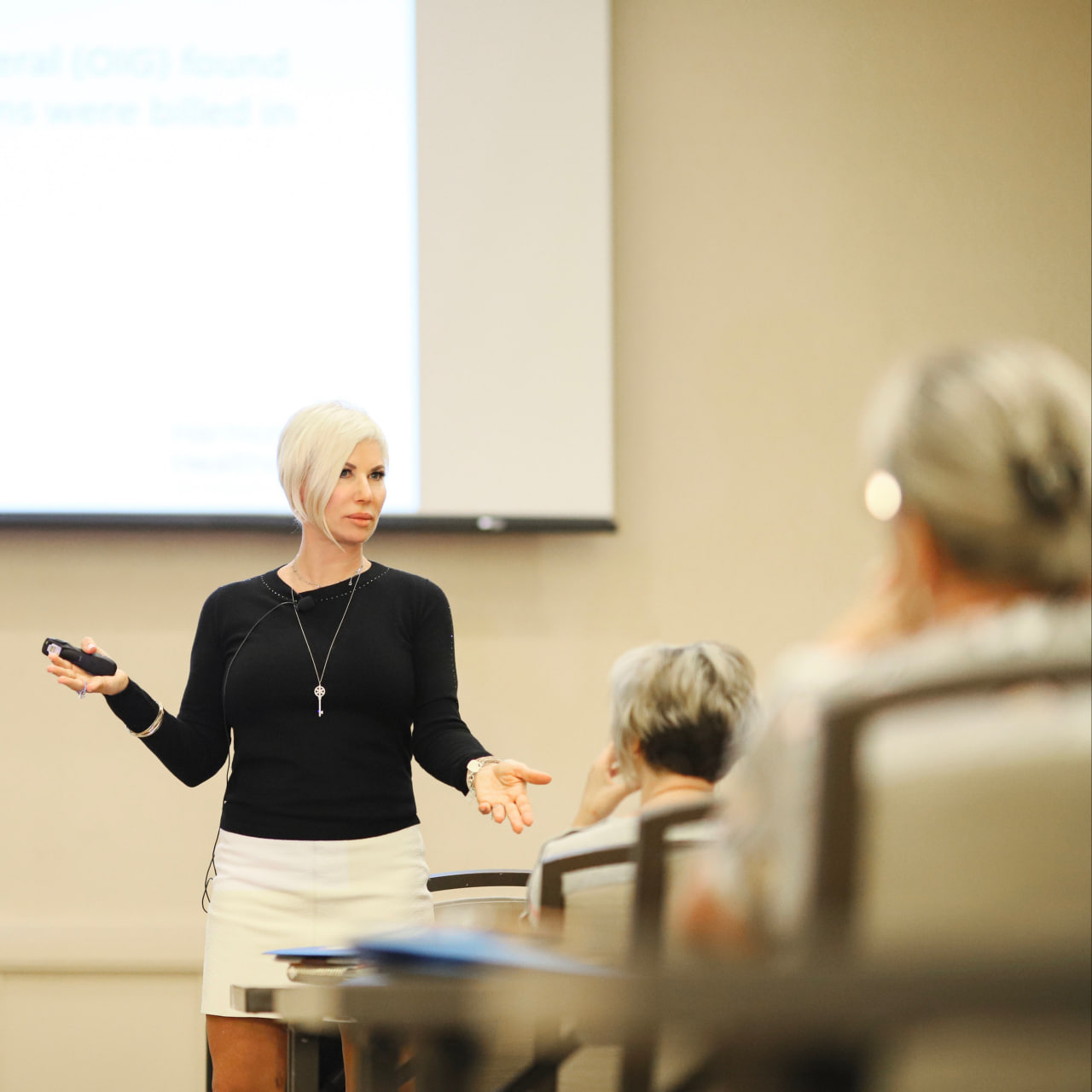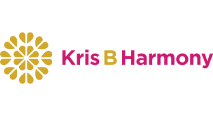
 Germs and infections are constantly in the news. Norovirus, bird flu, and the Ebola virus are examples. People fear going into a care setting and getting an infection. Health care workers are tuned into the need to prevent the transmission of the many dangerous and antibiotic resistant bacteria, such as methicillin-resistant staphylococcus aureus (MRSA).
Germs and infections are constantly in the news. Norovirus, bird flu, and the Ebola virus are examples. People fear going into a care setting and getting an infection. Health care workers are tuned into the need to prevent the transmission of the many dangerous and antibiotic resistant bacteria, such as methicillin-resistant staphylococcus aureus (MRSA).
The theories and facts about what is best for infection control have undergone many transformations in the last 200 years. In 1850, it was standard practice for medical students to go from doing autopsies on recently deceased persons to birthing babies without washing their hands, since germs and the methods transmission were unknown or unaccepted as a source of disease.
Fortunately, we have much experience and research to guide practice today. Hand washing for health care workers has been a major focus. Yet, compliance rates remain low in most settings, including nursing homes and hospitals. A 2010 study in hospitals showed a median compliance rate of 40% for health care workers.
So what is new in infection prevention? Why would you go to a workshop on Disrupting Infection? Much of what is new goes back to the basics. Emphasis on washing care providers’ hands is important, but what is as important, and often forgotten, is a practice of frequent cleaning of residents’ and patients’ hands and faces, and surfaces in the rooms. Instead of thinking of breaking the chain of infection, we need to think of shredding the web of transmission with a multifaceted approach. Involving and educating all staff and visitors in the care setting is part of the process, along with initiating new practices and products.
How often do health care workers wash their hands during a shift? Not as often as we wish, but still many times. How often do residents or patients wash their hands or get their hands washed? One study showed residents’ hands were washed as little as one time in a 40-hour period. How easy is it for a person to clean their own hands?
How many times does a person touch their face in an hour? A study showed an average of 15 times, which means at least 360 times in 24 hours. How many surfaces do we touch in an hour? Perhaps as many as 270, which is 4,000 in a day! How often are faces, hands, and surfaces cleaned during the day? Not enough to shred the web of transmission.
In the Disrupting Infection workshop, we address this web of transmission and share new, easy, and practical ways to protect the whole community and actively involve residents, patients, staff, and family in being part of the solution. A pilot study using these techniques reduced the risk of an elder contracting common infections, like upper respiratory infections, pneumonia, and gastrointestinal by as much as 56%. Data was collected during the “flu” season and the home was able to continue admitting residents and patients while others in the area were forced to stop admissions. They created Community Immunity with all staff, residents, and families involved. Infection prevention worked!
Click here to find out more and register for an upcoming AELTCC Disrupt Infections Fall workshop with the 2015 Age of Disruption Tour, beginning October 5 - (this event has ended). Interactive workshops are located in Florida, Georgia, Kentucky, Missouri, Oklahoma, Tennessee, and Texas. All workshops offer 2 CEUs.
.jpg?width=1514&height=594&name=Artboard%201@4x-100%20(1).jpg)


.png?width=208&name=Logo-KrisB%20(1).png)